What is a Healthy Home
according to the National Center for Healthy Housing.
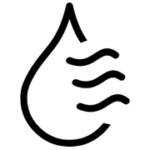
1. KEEP IT DRY
Homes with moisture and leaks can become moldy, attract unwanted pests, affect respiratory health, degrade lead-based paint and weaken structures.

2. KEEP IT CLEAN
Common contaminants in house dust include lead-based paint dust, pesticide residue, chemicals like flame retardants, dust mites and pest droppings.
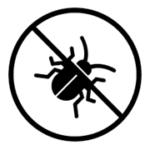
3. KEEP IT PEST-FREE
Many health effects are associated with pests and pesticides, including asthma and allergies, skin rashes, stomach cramps and nausea, central nervous system damage, kidney damage and stress.
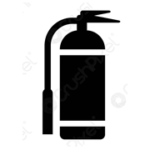
4. KEEP IT SAFE
Safety issues in homes include the risk of falls among older adults, choking and suffocation among very young children, fire and poisoning.
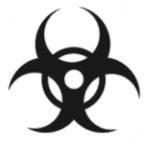
5. KEEP IT CONTAMINATE-FREE
Lead-based paint is a well-known contaminant; others include environmental tobacco smoke, radon, pesticides, asbestos, VOCs and chemicals used in household goods and building materials.
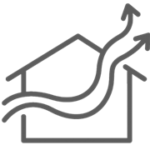
6. KEEP IT VENTILATED
Pollutants can become highly concentrated in homes; these include radon, VOCs, environmental tobacco smoke, allergens, mold, nitrogen dioxide and carbon monoxide. Ventilation also prevents moisture and mold.
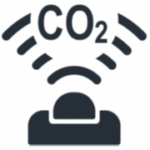
7. KEEP IT MAINTAINED
A poorly maintained home can be harmful to occupant health. Some examples are carbon monoxide leaks, unsafe wiring and water and mold in basements.
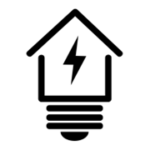
8. KEEP IT ENERGY-EFFICIEENT
Sometimes an 8th principle is added.
See 8 Elements of a
Green and Healthy Home
